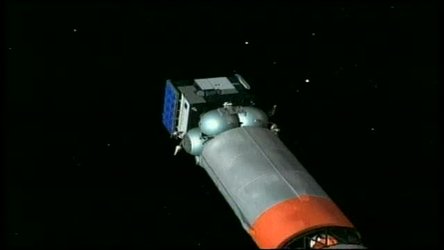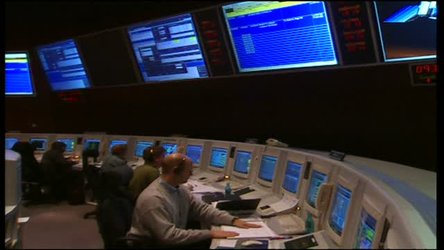
Mars Express - The Martian Surface
This transmission is the fourth in a series of five ESA TV Exchanges on Mars Express, ESA's first mission to another planet. It looks at what the mission hopes to discover on the sruface of Mars, the instruments it will use and what the already know about surface composition form previous studies.
The programme comprises of a 7 minute A-roll with split audio (english commentary/international sound) and is complimented by a 20-minute B-roll with clean international sound.
THE MARTIAN SURFACE
00:40
There is plenty of evidence that lots of liquid water possibly existed on the red planet about 3.8 billion years ago. But today, the word ÔpossiblyÕ has to remain in every sentence. There is no absolute scientific evidence. ESAÕs Mars Express mission will try to solve this mystery and search for water with different instruments on board - analysing the geology of the surface and also the mineralogy and chemistry of the ground.
01:12
Just before it arrives at Mars six months after launch, Mars Express will jettison one module, a lander called Beagle 2. It will head for the Martian surface where it will take measurements of rocks and soil. Beagle-2 will also take photographs. Panoramic and wide field cameras will be used for pictures of the landing site, to guide further exploration as the mission progresses.
01:37
But to be on the planet is not a necessity to analyse the surface. Other instruments on board the Mars Express orbiter will also fulfil this task as it circles th






